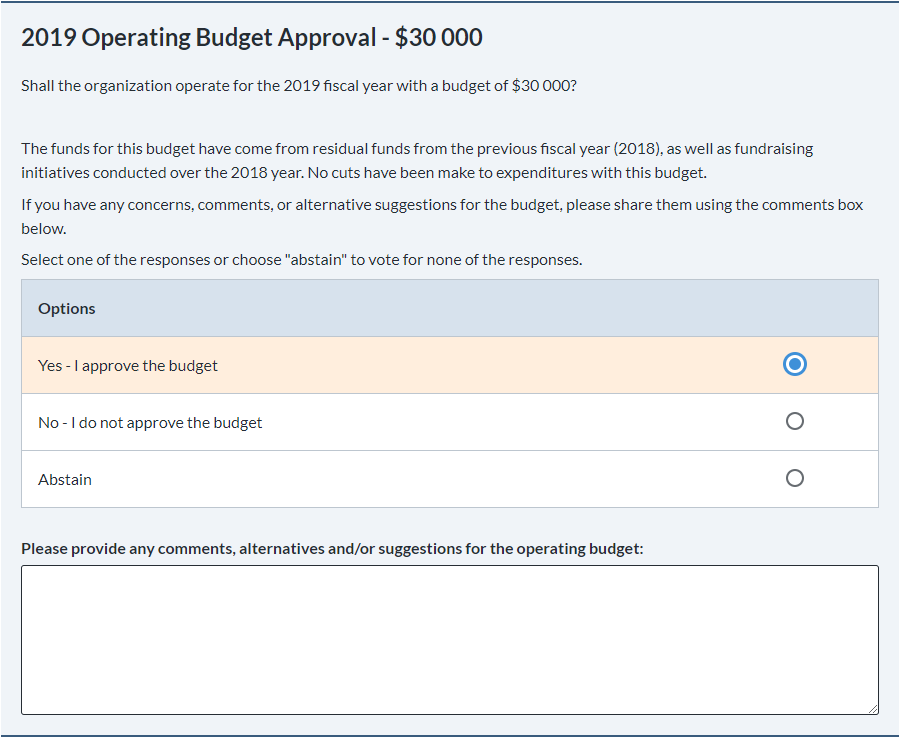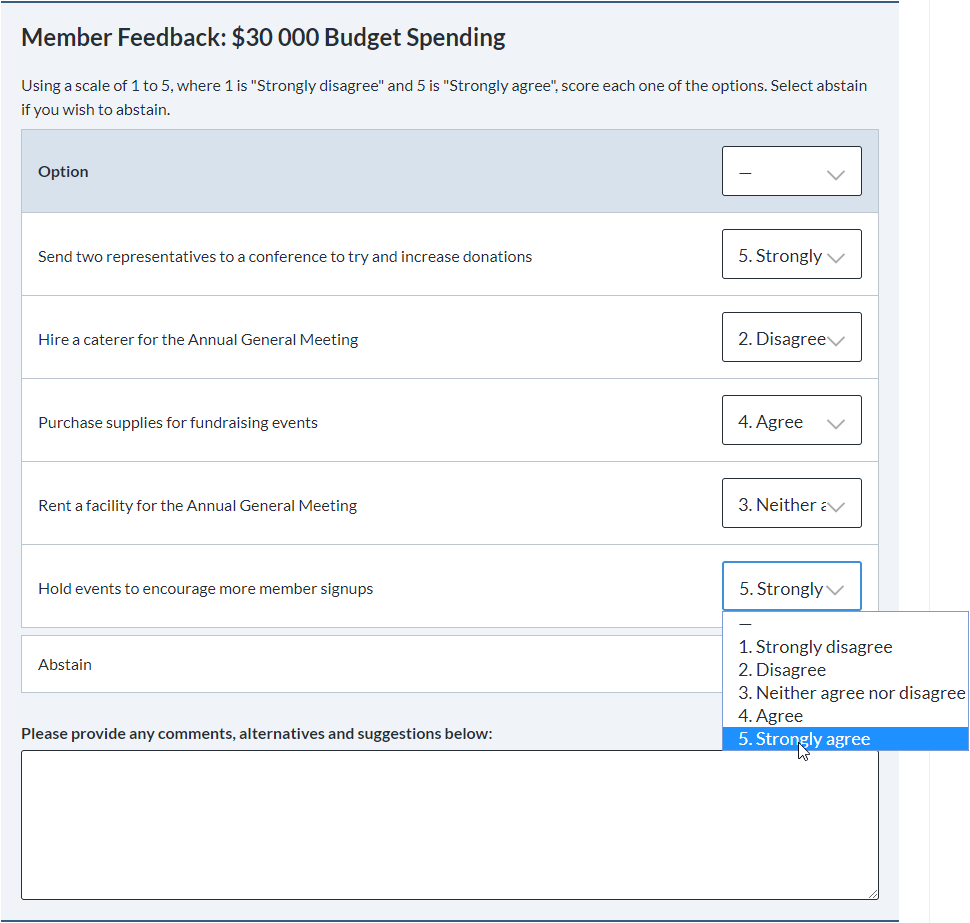What is a Budget Approval?
A budget approval is a step in the process of preparing an annual budget. Any organization with an operating budget may conduct a budget approval; however, not all budget approvals are subject to decision from the membership. For example, for government budgets, the budget is approved by the legislature. Although this is not directly decided by the citizens underneath the government, they have technically gotten a chance to vote on the budget approval because the legislature should be filled with representatives that were elected by citizens.
The budget approval can be the longest point in the process of preparing an annual budget, as there may be difficult decisions to be made about prioritizing budget spending, and not everyone may agree with the priorities.
The priorities for spending a budget should be introduced where possible when trying to pass a budget approval. While the priorities for spending may be a spot of consternation for some of your voters, the chances of getting an ambiguous budget approved is much lower than a budget that is well-thought-out.
Outlining how the budget will be spent increases the level of transparency around the budget, and makes members feel more comfortable with the spending. This is particularly true if members pay dues to the organization, and the monetary gain from these dues factor into the budget — just like taxpayers, paying members want to know how the money they spend is being spent.

Possible Voting Methods for a Budget Approval
Although the situation surrounding a budget approval may be complex, luckily the process to vote on a budget approval is not. A plurality voting method is the best choice for running a budget approval with ElectionBuddy. This voting method can be configured with one vacancy and only “Yes” or “No” to choose from.

Another helpful thing that you can do with the budget approval is ask for comments from your voters. This can help you get valuable feedback about your budget, where it comes from, and how it is spent.
Alternatively (or in combination with), you could use the scored voting method to collect opinions on how to allocate the budget. For example, the above question could be run without comments, and then a follow-up scored voting question asking members how they would like to see the budget allocated could be used instead of comments. This could be helpful from a thought leadership perspective, where you want the voters to choose between options that you know already work for your organization, as opposed to allowing them to come up with their own.
Common Ballot Features Used in Budget Approvals
Common features used when building a ballot for a Bylaw Amendment election include:
- The “Abstain” option, which allows for voters to abstain from voting on the Budget Approval ballot question.
- The Additional Question Information section, which will allow you to include text relevant to the Budget Approval. This is also the area where you can upload a file, such as a PDF file outlining the details of the budget.
- Text formatting can be helpful for voters if you choose to type out some details about the budget as opposed to uploading a PDF file about the budget. The formatting brings clarity and ease of reading, which will allow your voters to get the main points of the budget quickly and get back to voting.
- Asking for comments can be useful if looking to collect feedback or member questions/concerns about the budget.